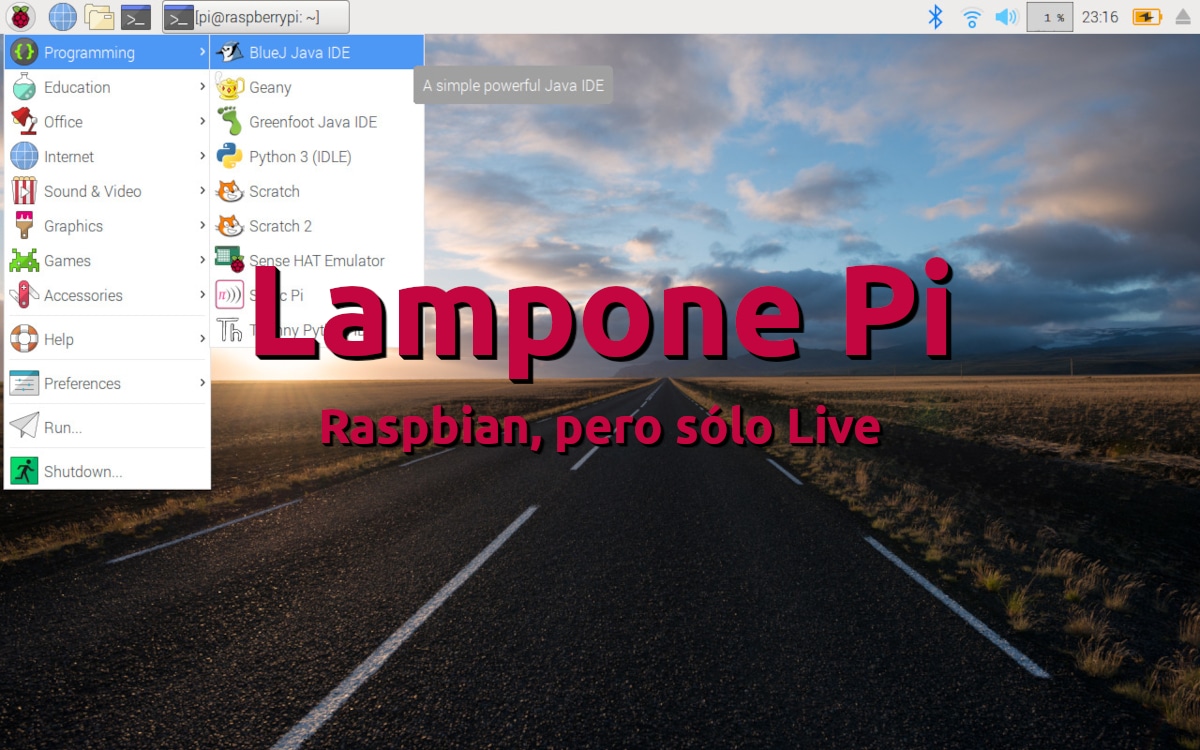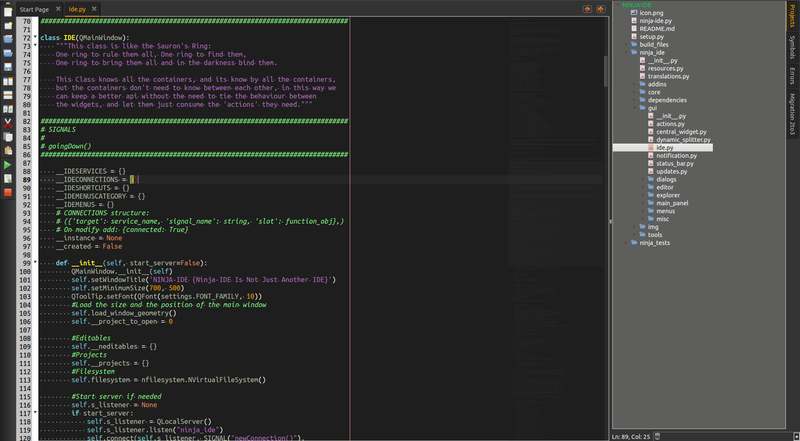

All I had to do was to modify /etc/network/interfaces: The Raspberry Pi 3 and the Zero W already have one embedded WiFi port, I just added another one, the small USB WiFi dongle I used to use On older Raspberry Pis (not WiFi-enabled), you need 2 USB dongles. Recent Raspberry Pis are WiFi-enabled, you just need a WiFi dongle, that would fit on a USB port. access to your local or wide area network).įor that, you need 2 WiFi adapters (yes, you could also use an Ethernet connection, which is a no brainer, we talk about WiFi here).

Now, for development purpose, you may very well need to have an Access Point and an Internet access (i.e. Git pull origin master, etc, that can rapidly become quite frustrating. The thing is that when the Raspberry Pi becomes a WiFi hotspot, you cannot use it to access the Internet, cannot use apt-get install, cannot use > Skip to the next section if you run Stretch or later (as I am). Warning: Since Raspbian's Stretch release, a lot of things have changed for the network config.

Those good instructions from the Adafruit website. Setting up the Raspberry Pi to be an access point is well documented on the Adafruit website.Īs we said above, to enable hostapd to have your Raspberry Pi acting as a WiFi hotspot, you can follow It can be appropriate when there is no network in the area you are in, for example when sailing in the middle of the ocean, kayaking in a remote place, hiking in the boonies, etc. Your Raspberry Pi can be turned into an Access Point, this means that it generates its own network, so you can connect to it from other devices (other Raspberry Pis, laptops, tablets, smart-phones, ESP8266, etc). Raspberry Pi as an Access Point and Internet access. Reboot (and now, you can use ssh if it has been enabled above) and reconnectįrom a terminal, run the following commands:
#Java ide on raspberry pi install
Install Raspbian (not NOOBS) as explained at, and burn your SD card
#Java ide on raspberry pi code
The code contained in the repo(s) will be responsible forĭownloading the right dependencies at build time ( gradle is definitely good at that). Typically, you will need to have the minimal git tools and the right compilers. The goal here is to get ready with the minimal configuration you will be able to use to clone a git repository and start working on it. To get started as quickly as possible, and not only for this project, from scratch.

More consistent samples can be found in the RasPISamples module (being moved to the Project.Trunk module), where several components have been assembled together.ĭo take a look, it also comes with a readme file. This project contains Java code, mostly translated from Python, dedicated to usually one board (like BMP180, LSM303, etc).


 0 kommentar(er)
0 kommentar(er)
